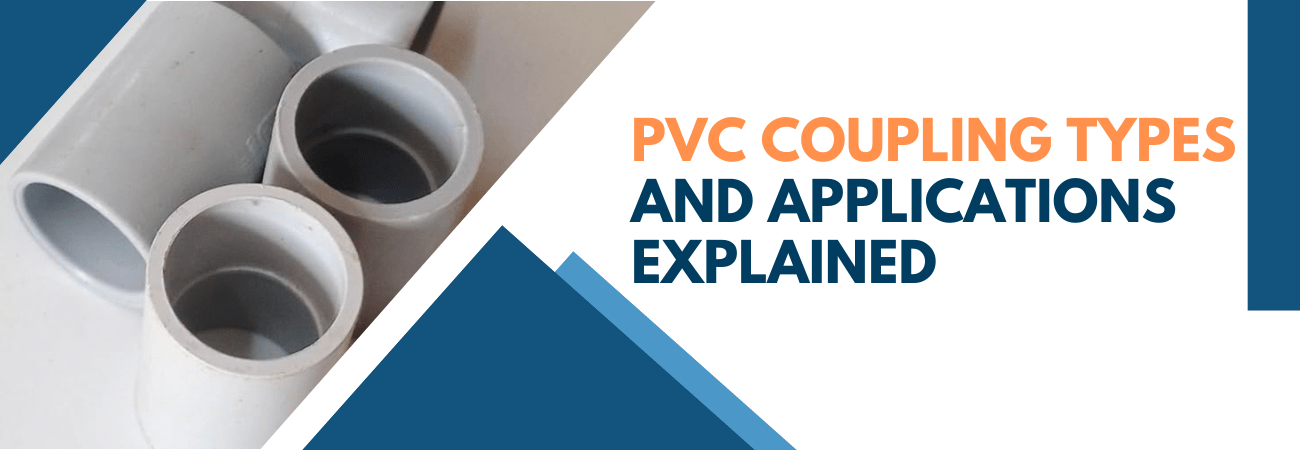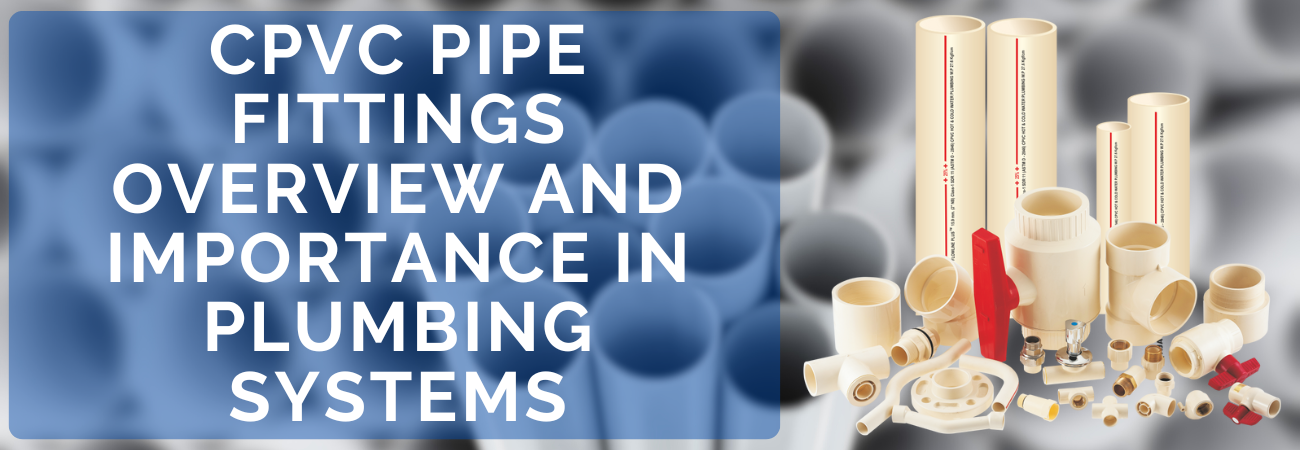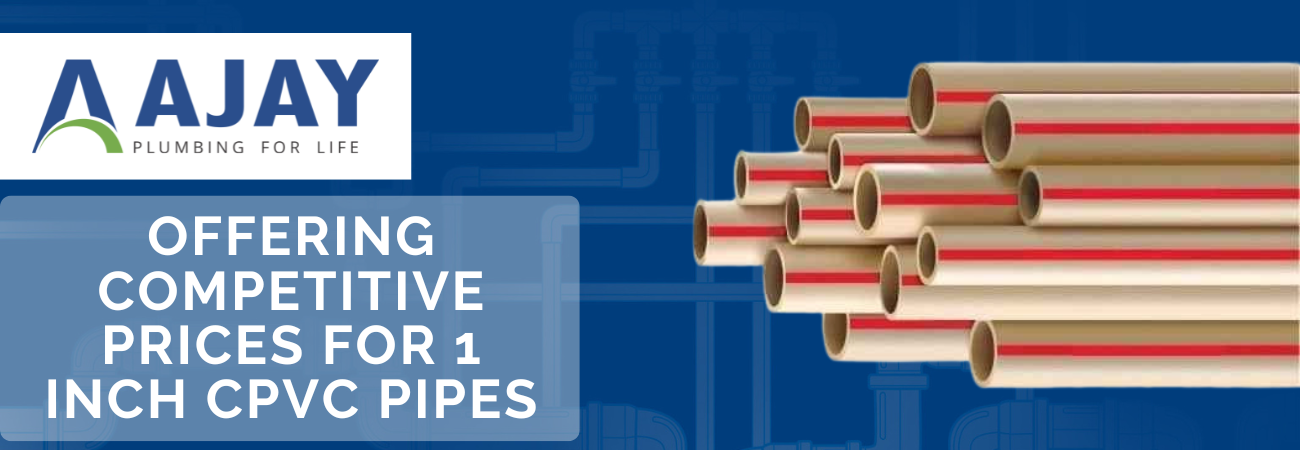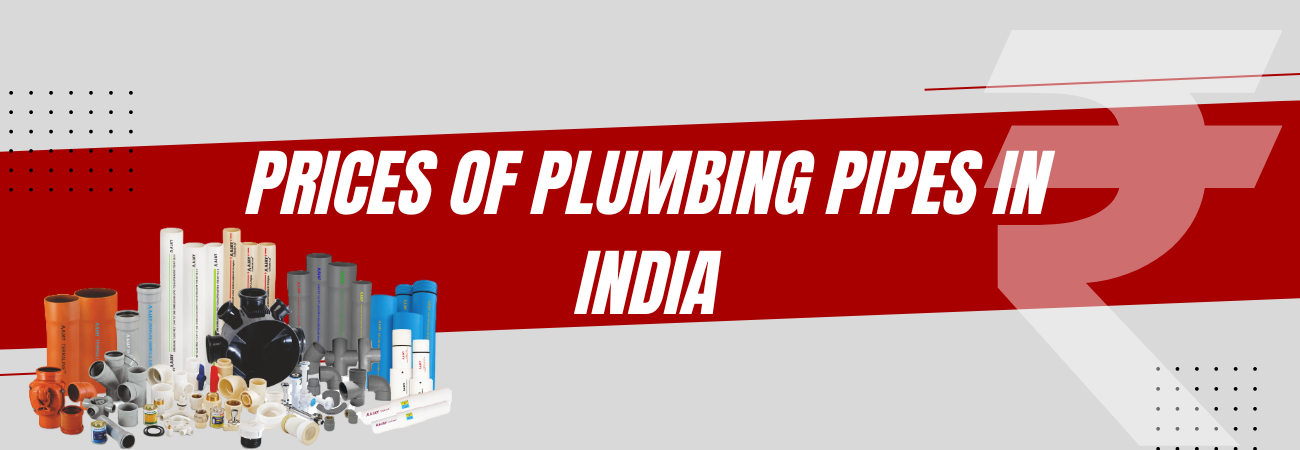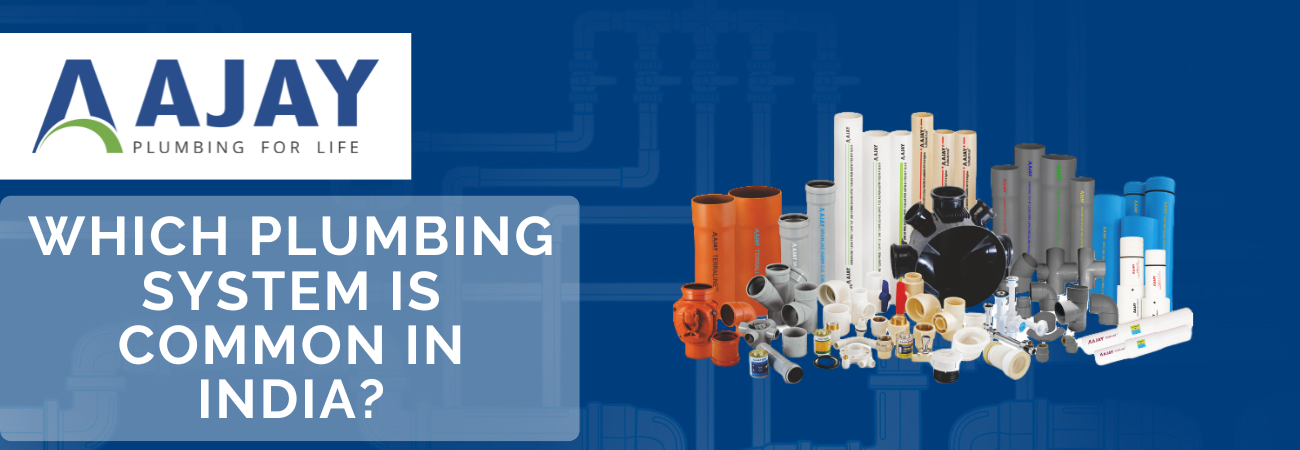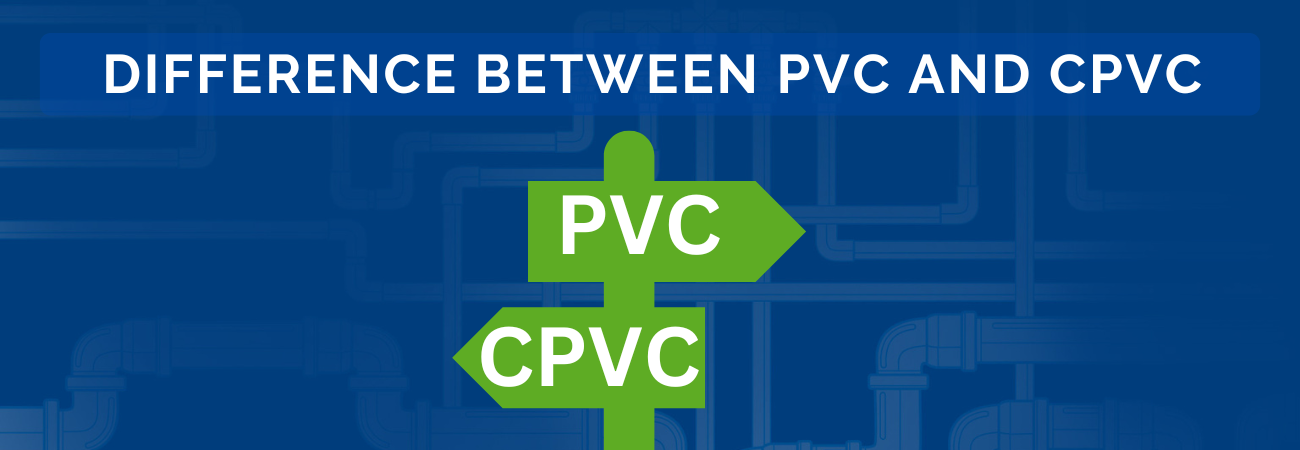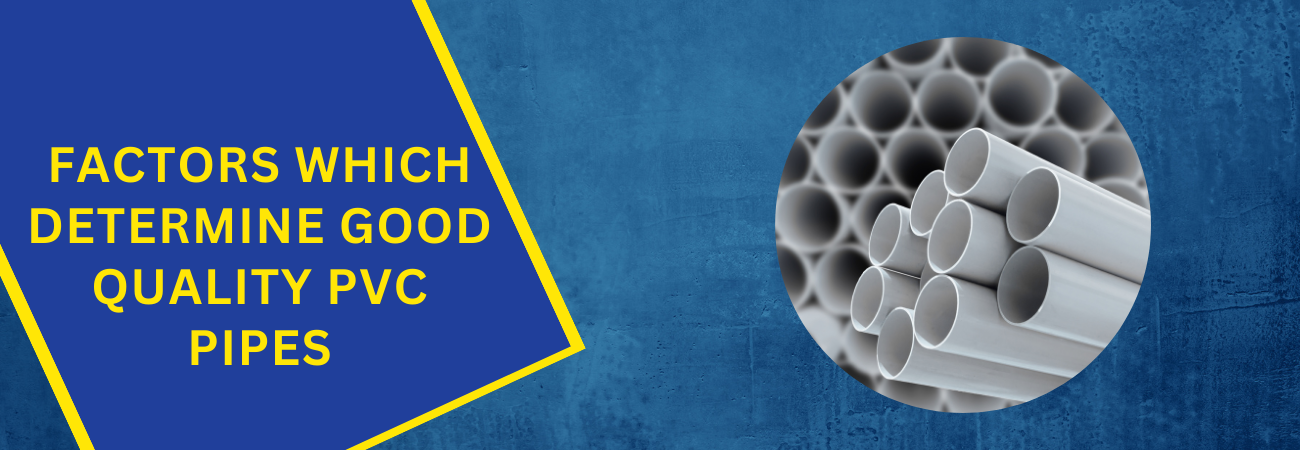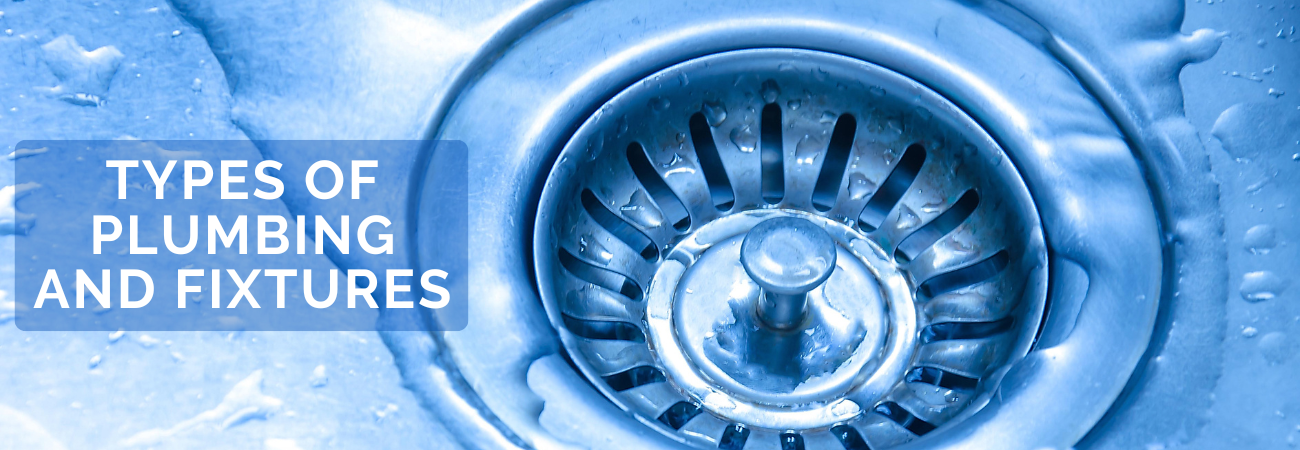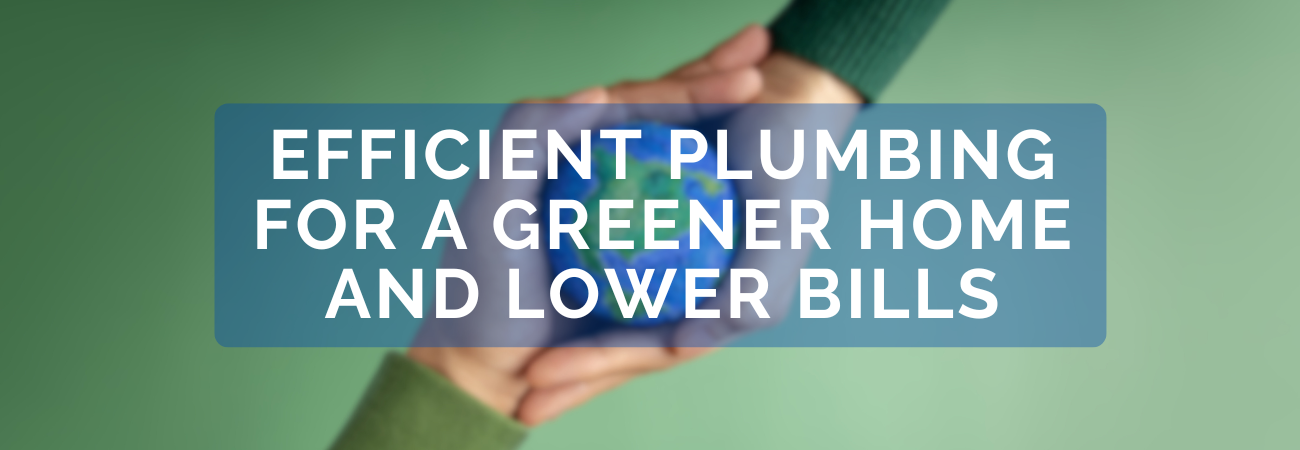Introduction
PVC (Polyvinyl Chloride) is a versatile material widely used in plumbing, and coupling play a crucial role in connecting different parts of a piping system. This article covers everything you need to know about coupling from their types to how they improve plumbing efficiency.
What is a PVC Coupling?
A Coupling is a small piece of PVC pipe designed to join two pipes or tubes together. These are essential components in plumbing and irrigation systems, offering flexibility, durability, and easy installation. They are also used to repair broken or damaged pipes.
Types of PVC Couplings
1. Standard Coupling
The most common type, standard PVC coupling, joins two PVC pipes of the same diameter. It allows for a secure and permanent connection, often sealed with PVC glue.
2. Reducing Coupling
A reducing coupling is used when connecting pipes of different diameters. This is crucial for adapting smaller pipes into larger systems without causing leaks or inefficiencies.
3. Slip Coupling
Slip couplings are designed for repairing broken PVC pipes. A slip PVC coupling can slide into place, making it easier to repair sections of pipe without cutting or refitting the entire system.
4. Compression Coupling
A compression coupling doesn’t require adhesives or heat to install. Instead, it uses a compression fitting to seal the pipe, making it ideal for temporary fixes or areas where adhesive fumes are a concern.
Advantages of PVC Couplings
1. Durability
Couplings are known for their long-lasting properties. They resist corrosion, rust, and other forms of deterioration, making them perfect for long-term use in both residential and commercial plumbing systems.
2. Cost-Effectiveness
PVC couplings are much cheaper than other types of pipe fittings. Their affordability makes them an excellent choice for large-scale plumbing projects or quick repairs.
3. Easy Installation
Thanks to the lightweight nature of PVC, installing couplings requires less effort compared to metal alternatives. Additionally, the use of PVC glue or compression fittings allows for quick and hassle-free connections.
Common Applications of PVC Couplings
1. Plumbing Systems
Couplings are widely used in both residential and commercial plumbing systems. Whether it’s for sewage lines, drainage, or water supply, these fittings ensure a leak-proof connection.
2. Irrigation
In agriculture, Couplings are essential for irrigation systems. They connect pipes for transporting water to crops, ensuring efficient and uniform distribution.
3. Electrical Conduits
Apart from plumbing, Couplings are also used in electrical conduits. They provide protection to electrical wiring while ensuring the pipes stay connected over long distances.
How to Install a PVC Coupling
Step 1: Prepare the Pipes
Before installing the Coupling, ensure that the pipes are clean and free from debris. Measure the pipes to cut the correct length.
Step 2: Apply PVC Glue
For standard couplings, apply PVC glue on the outer edges of the pipe and the inside of the coupling. Make sure to use a sufficient amount for a firm bond.
Step 3: Connect the Pipes
Once the glue is applied, push the pipes into the coupling and hold them in place for a few seconds. Allow the glue to dry for at least 15 minutes before turning on the water supply.
Maintenance Tips for PVC Couplings
While couplings are durable, regular maintenance is essential to prolong their lifespan. Here are a few tips:
- Inspect for Leaks: Regularly check your PVC couplings for any signs of leaks, especially after installation.
- Clean the Pipes: Over time, debris can accumulate inside the pipes, leading to blockages. Cleaning the pipes and couplings periodically will ensure smooth water flow.
Replace Worn-Out Couplings: If you notice any cracks or wear in your PVC couplings, replace them immediately to prevent major plumbing issues.
For any queries, contact the plumbing experts at Ajay pipes on the Toll Free No. : 1800-11-4050 or via email at our email address info@ajaypipes.com

